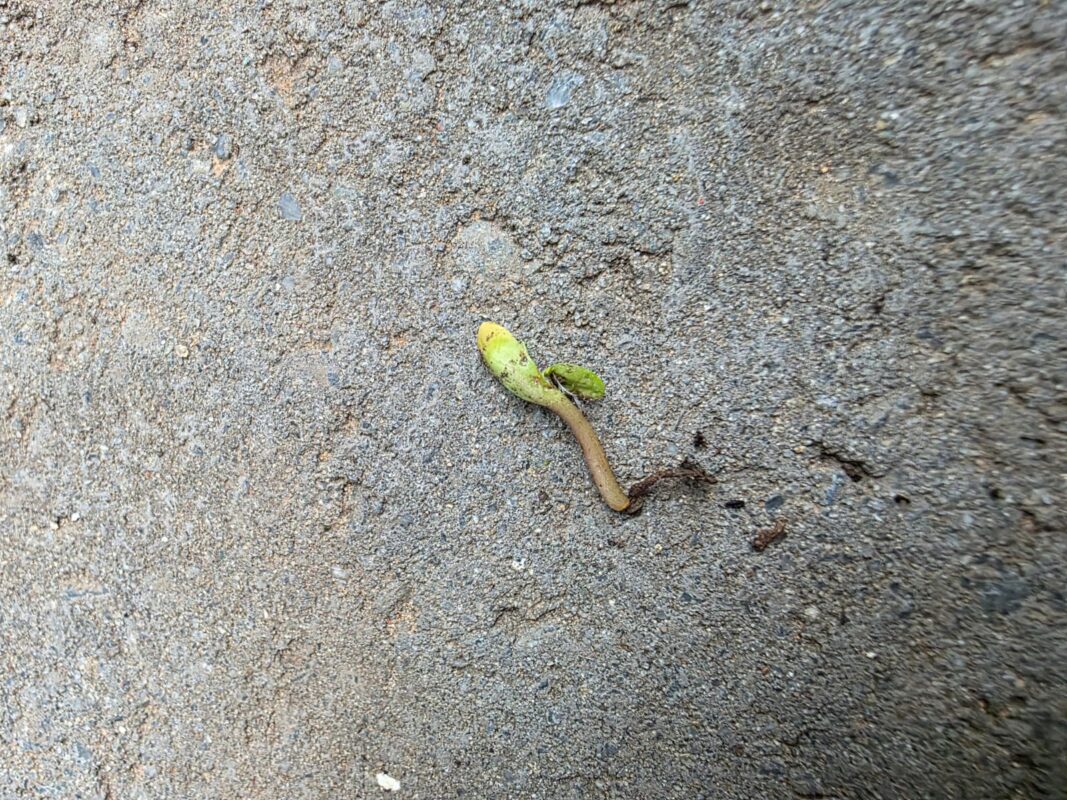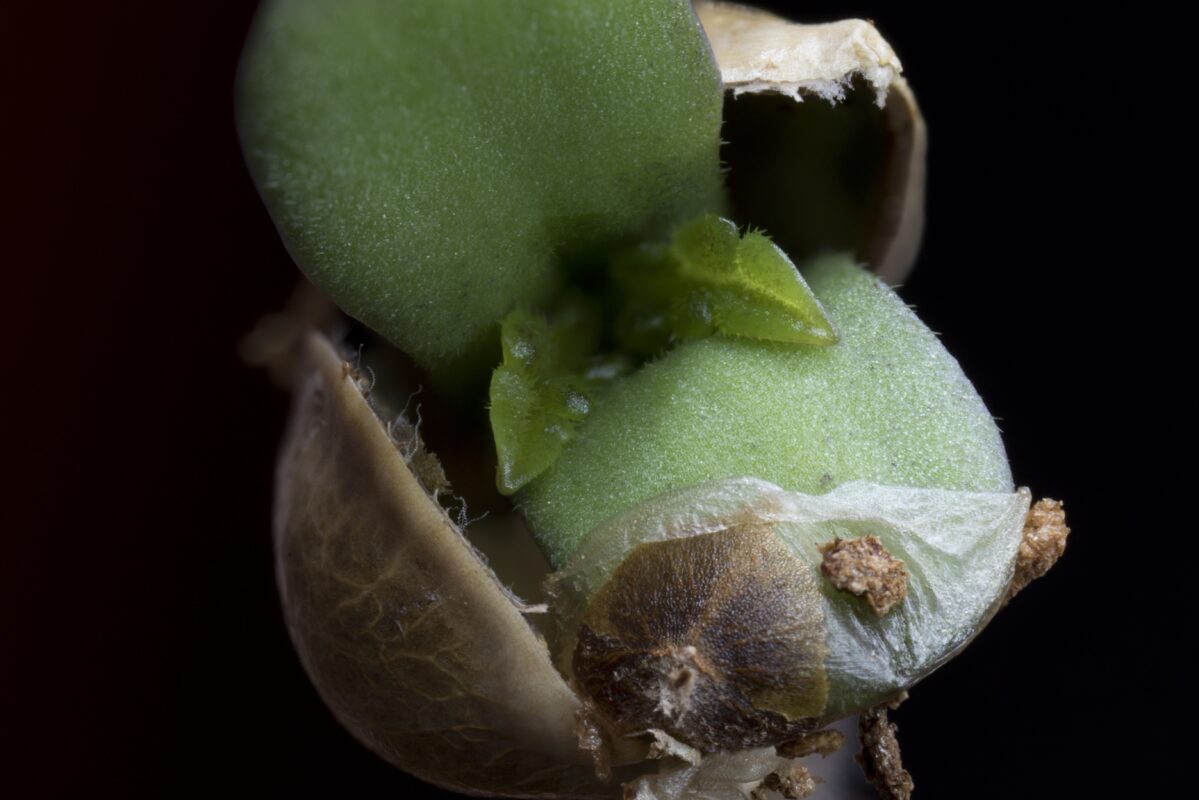Articles, Growing, Germination
Frequent Asked Cannabis Germination Questions
We handle more than a dozen support queries each day, and many of them ask about how best to germinate seeds. A few common problems arise sometimes, like seeds collapsing under their own weight (damping off) or stunted, deficient seeds that were started in barky potting soils.
Here are a few of our most commonly asked germination questions and their answers.
How Should I Germinate My Seeds?
There isn’t necessarily one way to do it; everyone has their own preferences. However, our seed suppliers ask that people use the paper towel method, as it will make troubleshooting any germination problems easier and potentially help with refunds.
We have an in-depth guide to germination that we recommend following, but each has its own risks, depending on the person’s environment and preferences.
My Seeds Germinated, but Then They Died Shortly After Emerging. What’s Going On?
This is a fairly common problem with several primary causes. The most common causes are over- or underwatering, or the wrong medium being used.
Over-watering is the most common cause. Cannabis seedlings are very sensitive to overwatering, particularly as seedlings, where they uptake minimal amounts. This is further made worse when the cup or pot doesn’t have sufficient drainage.
The seeds can either simply drown, or the excessive water can cause pathogens like Pythium to thrive and cause what’s known as “damping off”.


Both the above seeds are showing signs of Damping Off
We deal with dozens of cases from growers who overwater and then encounter the issue of damping off. It can also occur when there is not enough air exchange and the humidity is kept too high.
Damping off in the early stages can cause seeds not to pop or cause a thick taproot that looks malformed. Once it emerges above the soil, the symptoms are different, and the seedling typically falls over with a narrowing of the stem just above the soil line. The root may also be thicker than normal below the soil line.
Underwatering is another common problem we see. Young seedlings, when underwatered, can show all kinds of strange symptoms, from twisted leaves and low vigor to discolored leaves. That’s because underwatering disturbs the uptake of nutrients and causes root death.
In young cannabis plants, underwatering can quickly become fatal for the plant.
Oftentimes, underwatering happens due to overcompensation from a fear of overwatering. Until the first set of true leaves appears, consider watering small amounts, but ensure the water reaches the base of the root, which can grow rapidly after a few days.
A Taproot Appeared, But It Turned To Mush
Having a root turn mushy, or having a strange, mushy paste coming out of the seed, is never a good sign. It usually indicates a problem with rot, usually caused by a lack of oxygen. It can happen in water soaks (typically if left too long in low-oxygenated water) or in mediums and paper towels.
To prevent this, one can try the following:
- Reduce the length of soak to under 18 hours
- Soak the seed in 3% H2O2 for no more than 39 min (it can cause root damage in excess).
- Spray the seed with a 1% H2O2 solution every 24 hours when using the paper towel method.
- If germinating in paper towels, ensure the towels are only damp, not wet. They shouldn’t drip.
Can I Use Potting Soil?
We recommend against using almost all store-bought potting soils for germinating seeds. We’ve seen countless growers struggle with the generic bark-heavy potting soils found at garden stores.
These potting soils are often far too acidic for cannabis, locking out nutrients. The bark is also often not correctly aged for cannabis and can cause a whole lot of issues. Cannabis prefers light soil mixes with coco or peat moss serving as common bases, with perlite or vermiculite often used to aerate the soil.
For soilless mediums, a 70/30 Coco/Perlite mix is common (but Coco quality and the buffering process are important). We recommend Medicoir, Atami, or Freedom Farms for living soil – popular choices include Organic Matters, Orgasoilux, Atami, and Freedom Farms.

The image above showcases a common scenario we encounter when customers use store bought potting soils with lots of bark. Note the burnt leaves and damping off from saturation.
Can I Germinate In Compost?
We recommend against it. Compost is often loaded with rich nutrients, which is great for later in their life, but during germination, you want to avoid an overabundance of nutrients. Additionally, the composition and pH range can also cause problems.

My Seedling Won’t Shed Its Shell, What Can I Do?
The majority of seeds will shed their shell, even if it’s later than other plants, but if you notice that it’s preventing the growth of true leaves, you can remove it manually – just be careful, as it’s very easy to break or damage the plant in the process.
Having longer nails is a benefit here, as one can hold the seed carefully between the thumb and index finger on both hands, then one can gently slide the thumb nail onto either side of the seed and pry it open while not putting any pressure on the plant itself.
Removing it can speed up the growth slightly, but it mustn’t be done too early, as that increases the risk of damaging the embryo.
Should I Start My Autoflower In Its Final Pot?
It is often preferred. The reason is that autoflowers usually take 2 to 4 weeks before they go into flower, and giving them the most amount of growth each day is super beneficial. When one transplants, there’s a period of shock where the plant stops growing while it adapts to the change. By starting in the final pot, you’re reducing the amount of stress and giving a better chance of having a larger plant with a bigger yield.
What Is Considered A Good Germination Rate?
A good germination rate is typically around 80% or better, but it also depends on the environment and style of germination. This assumes one is doing everything by the book and taking care to reduce contamination and provide an ideal environment.
To increase your germination rates, consider checking out our full guide on germination.

